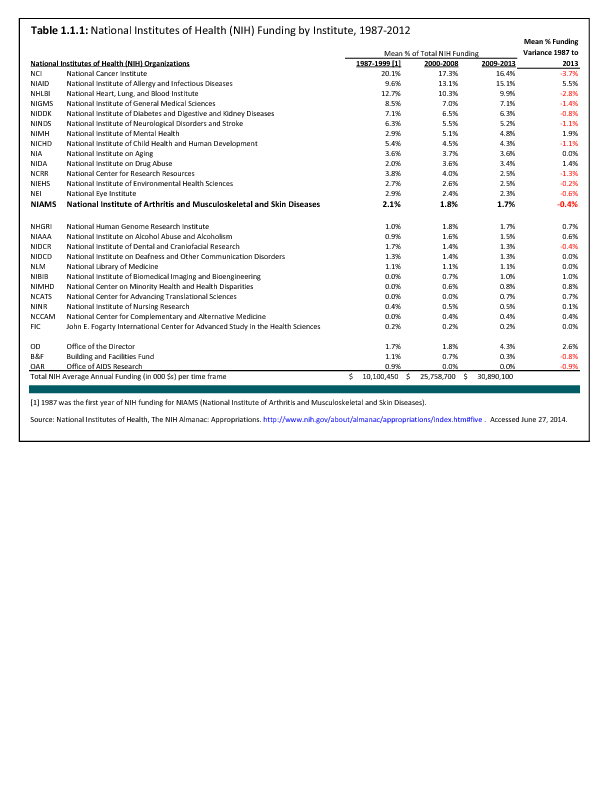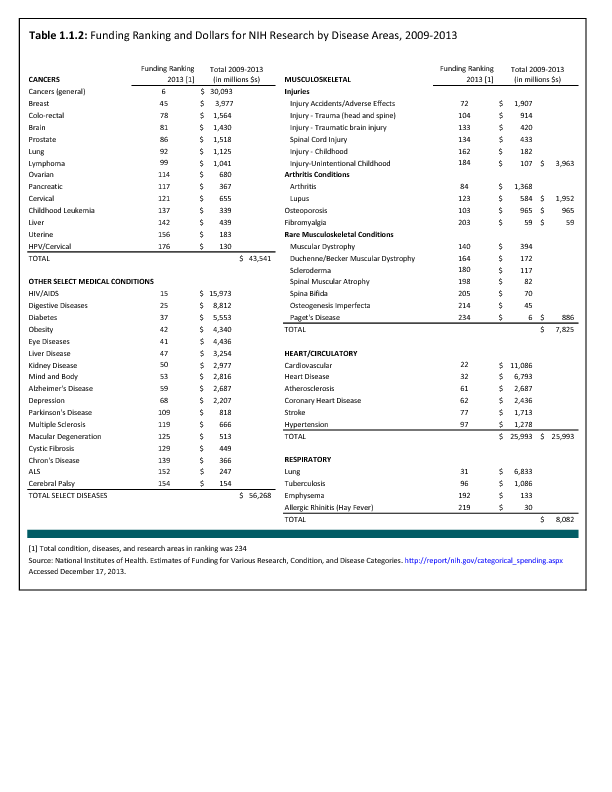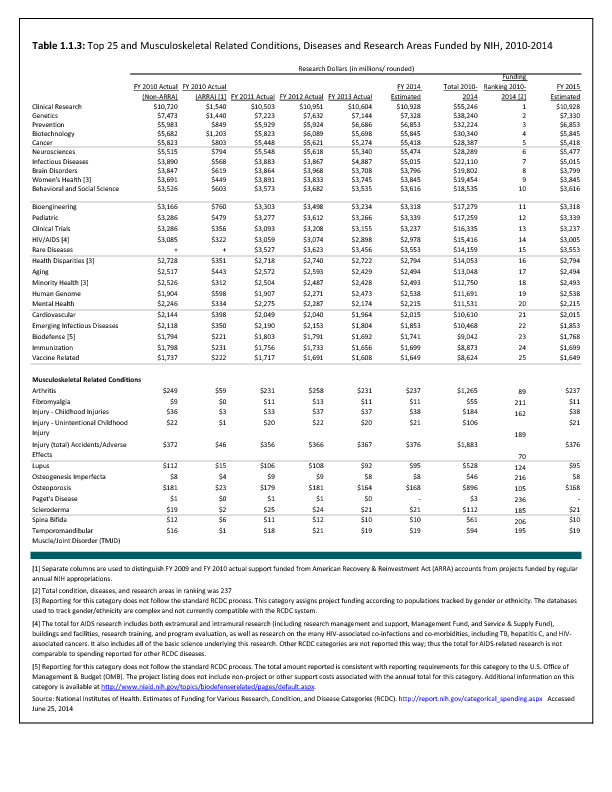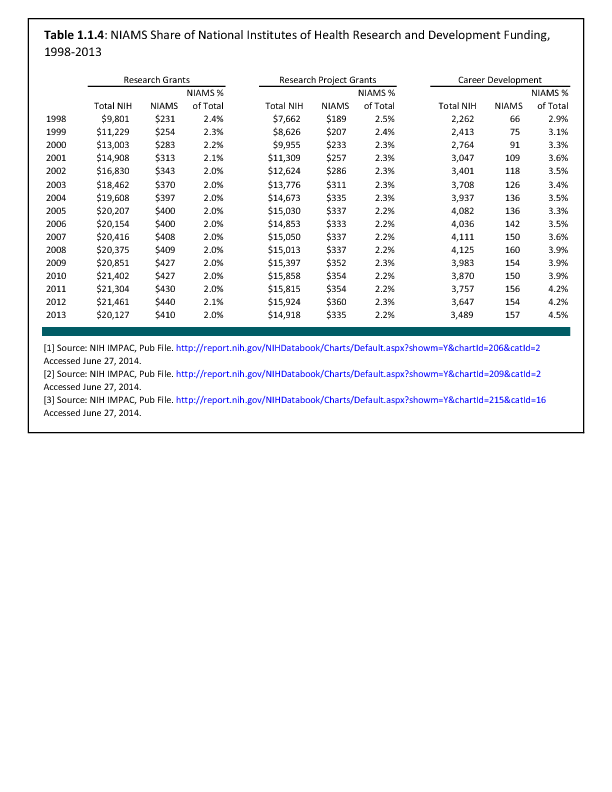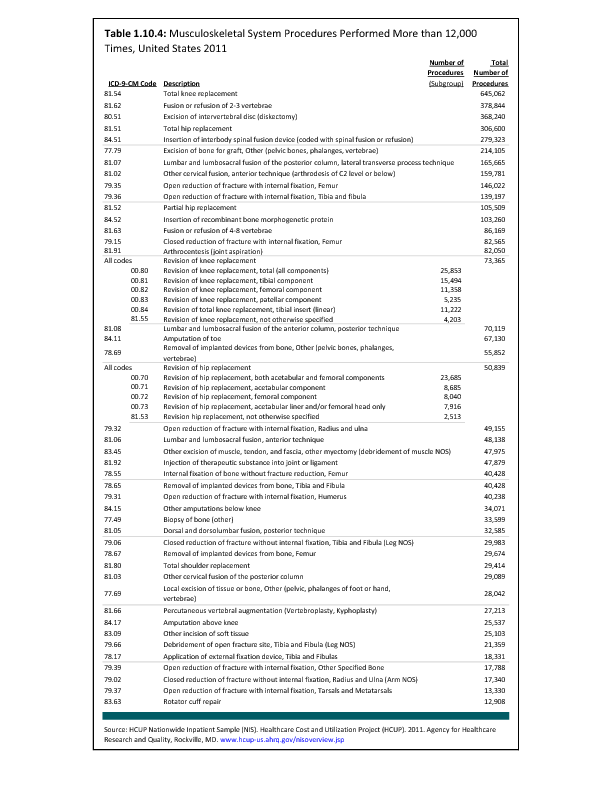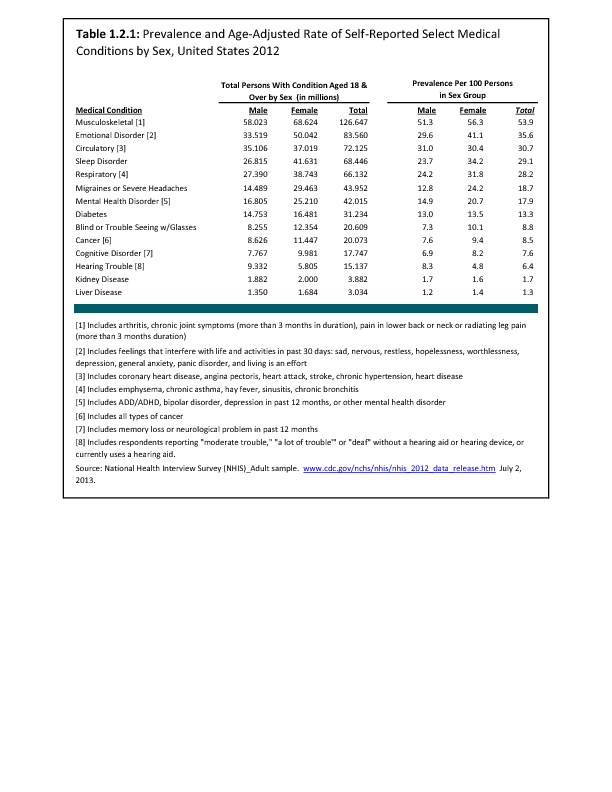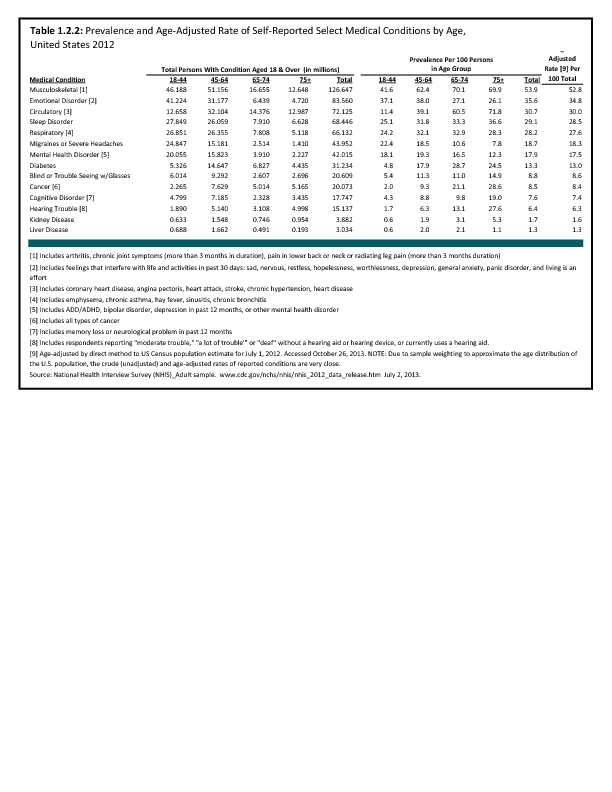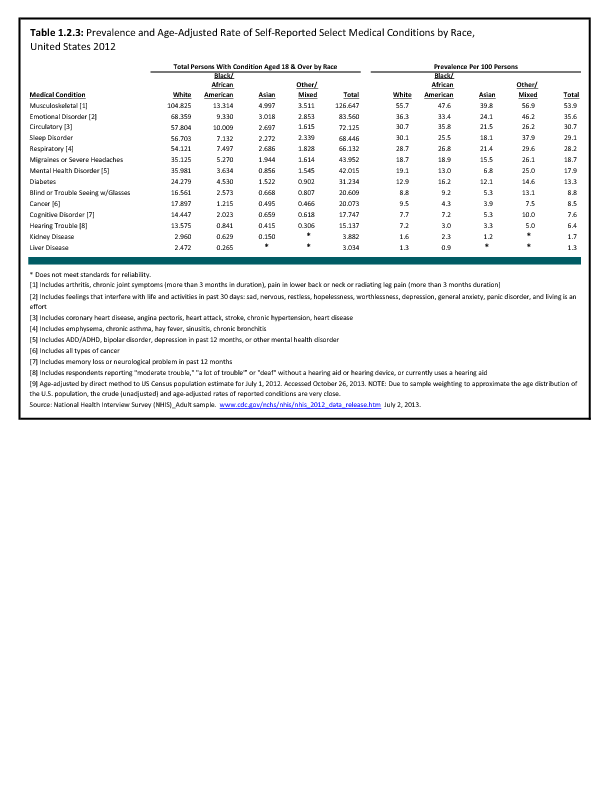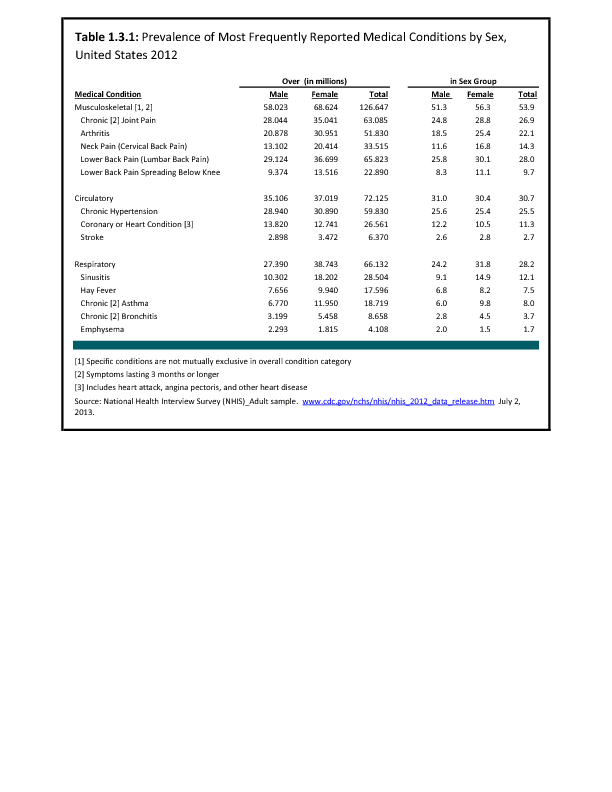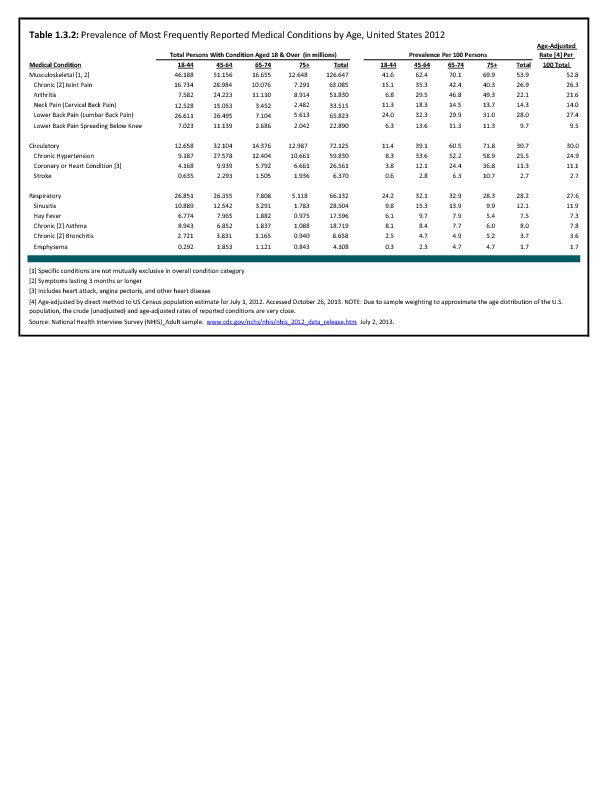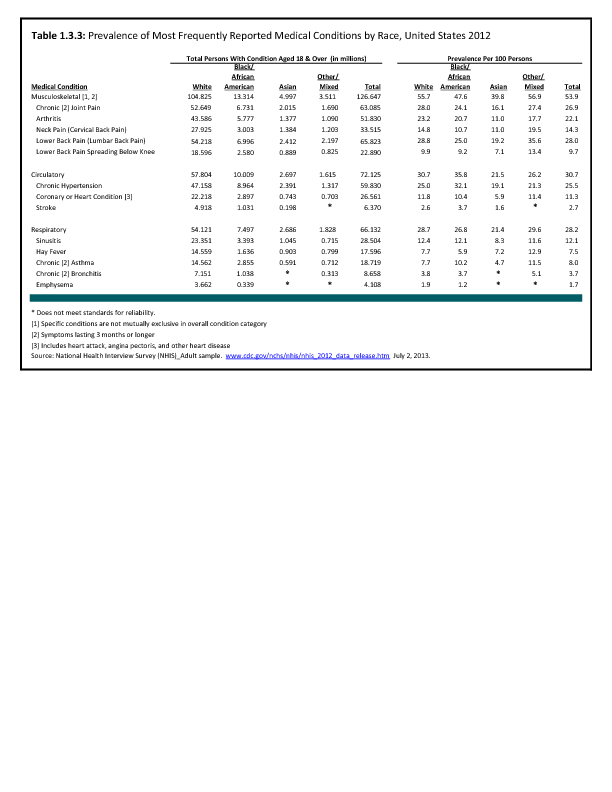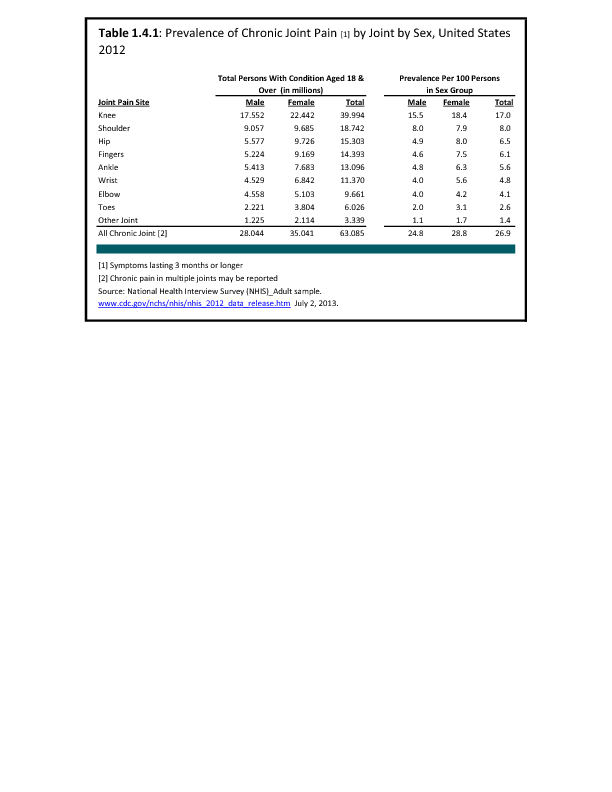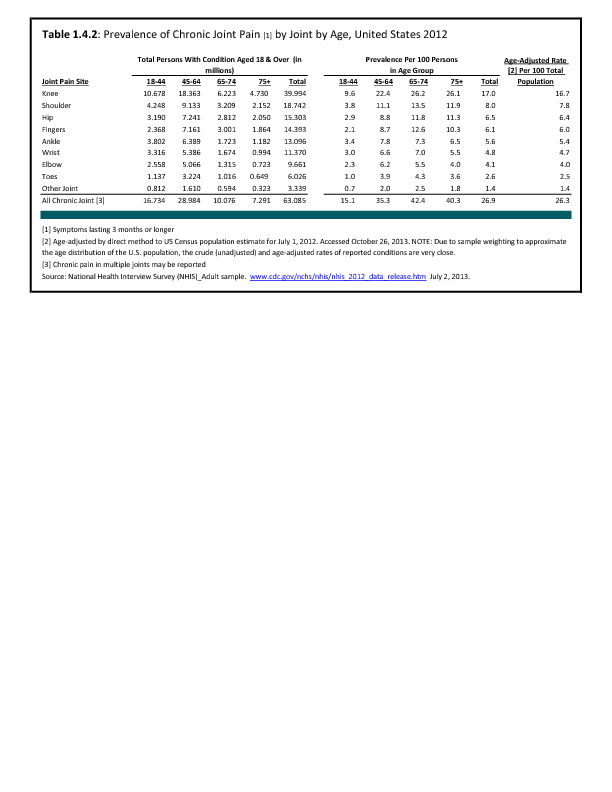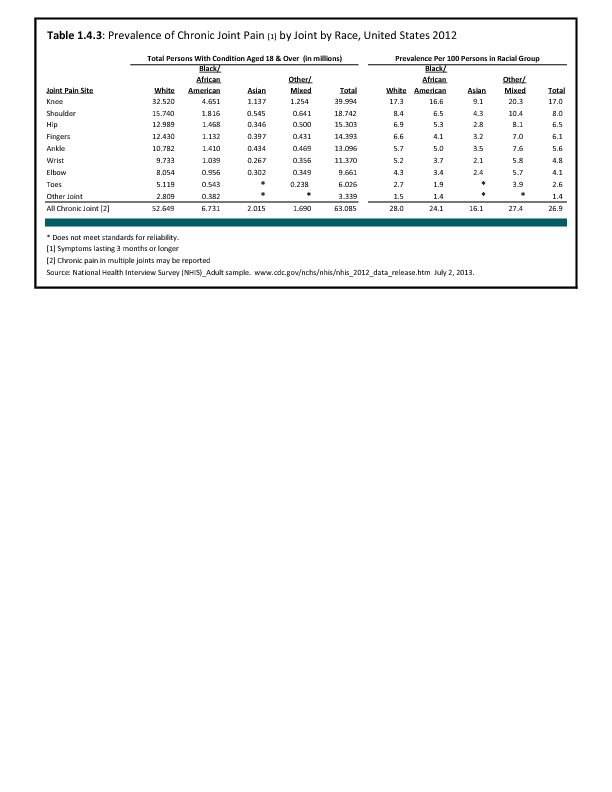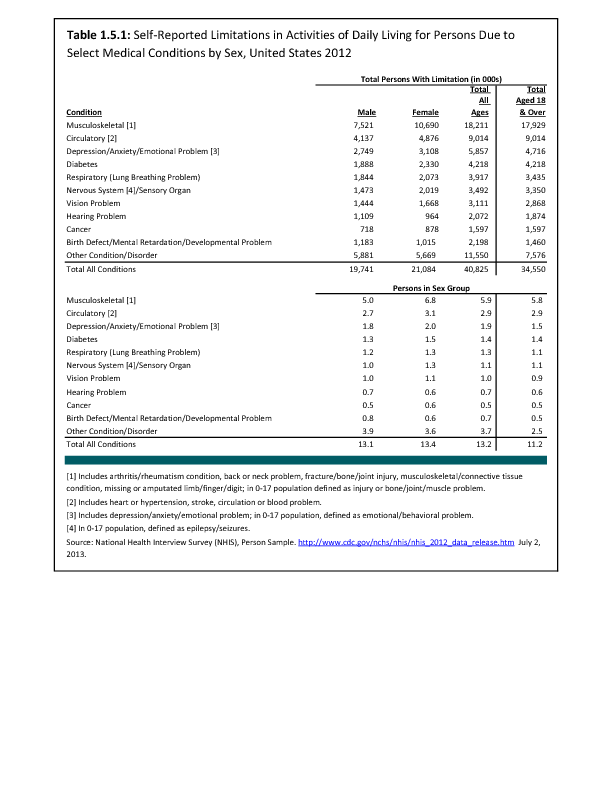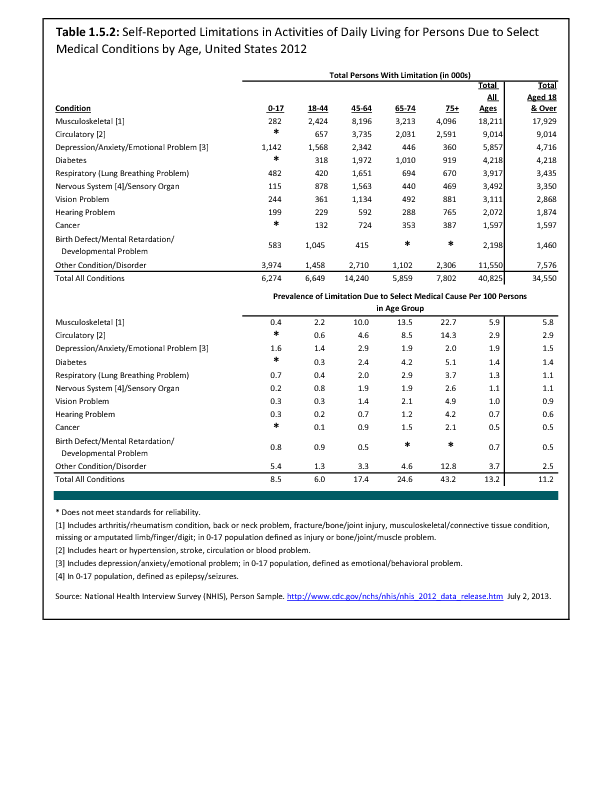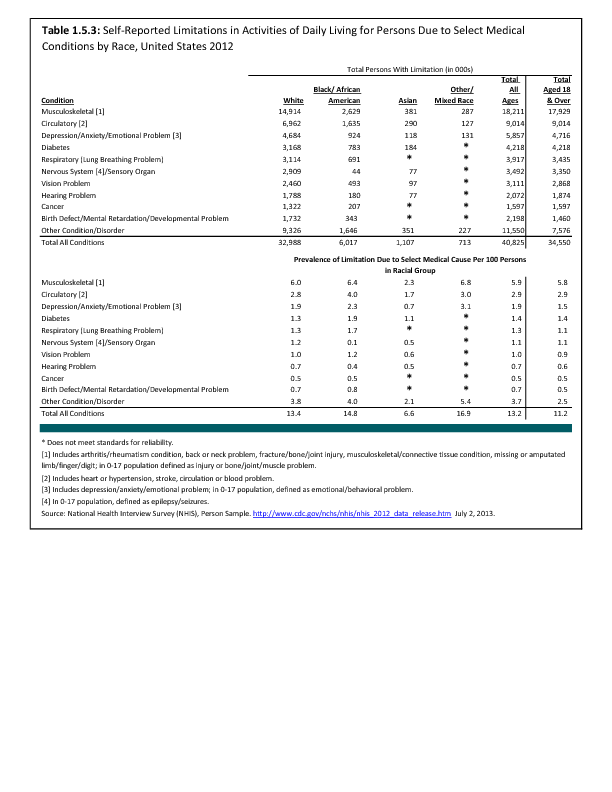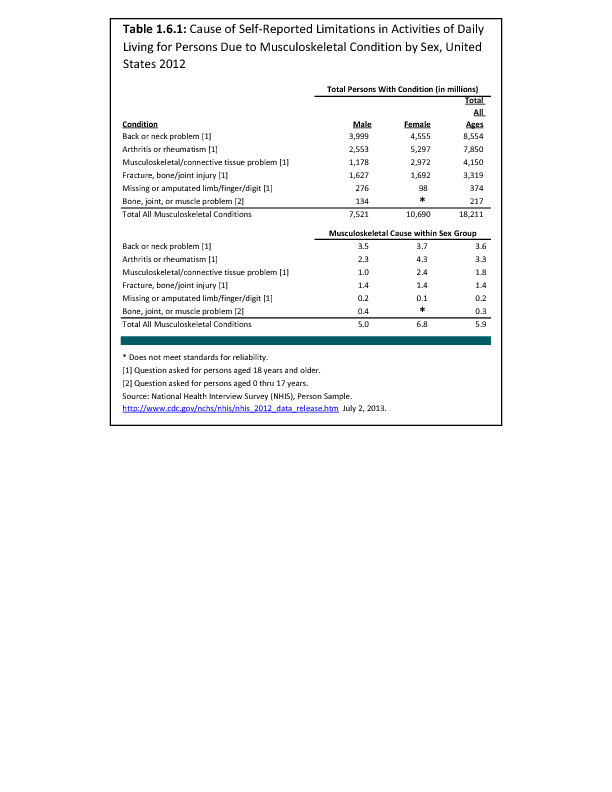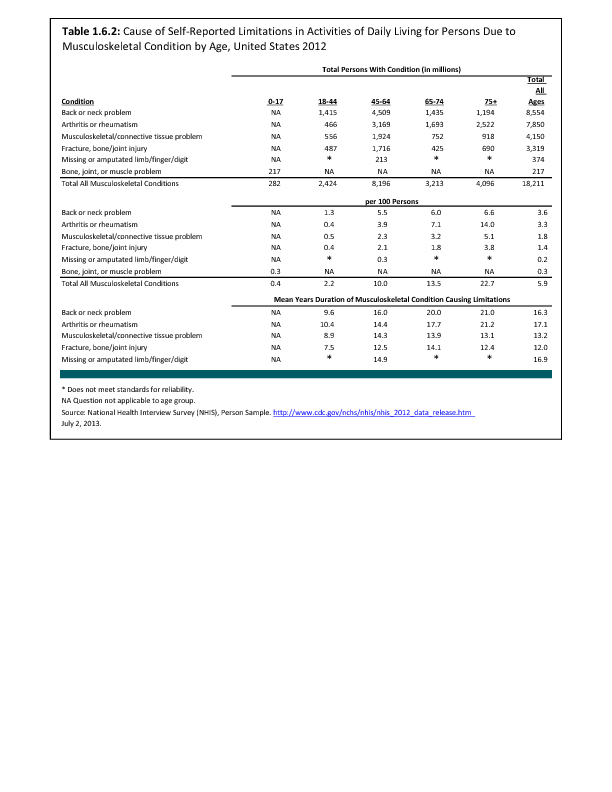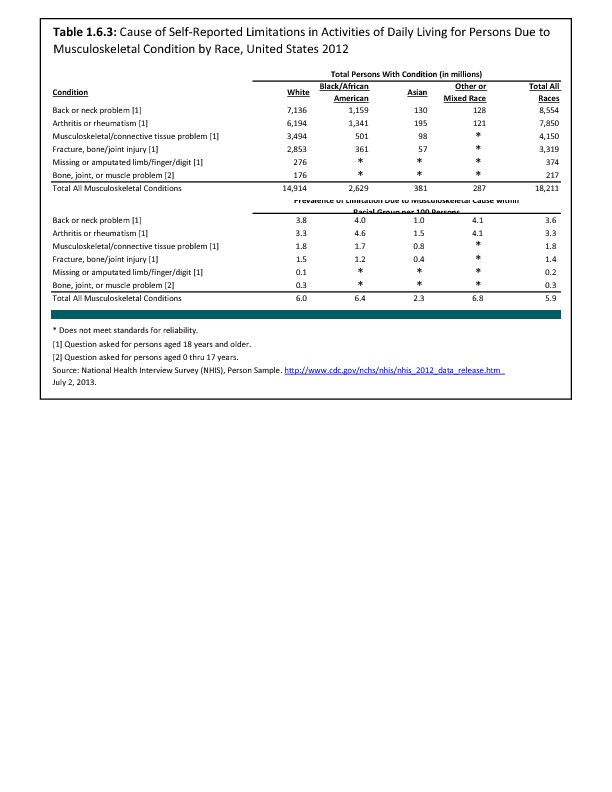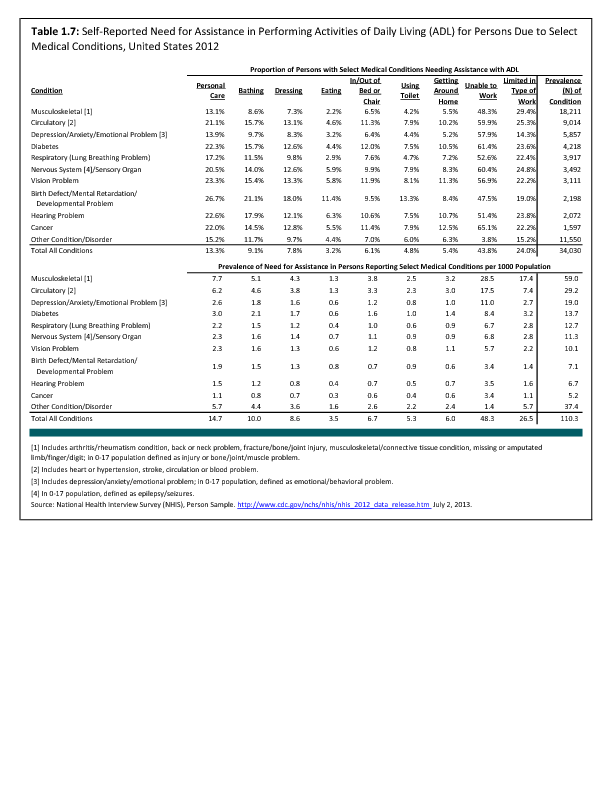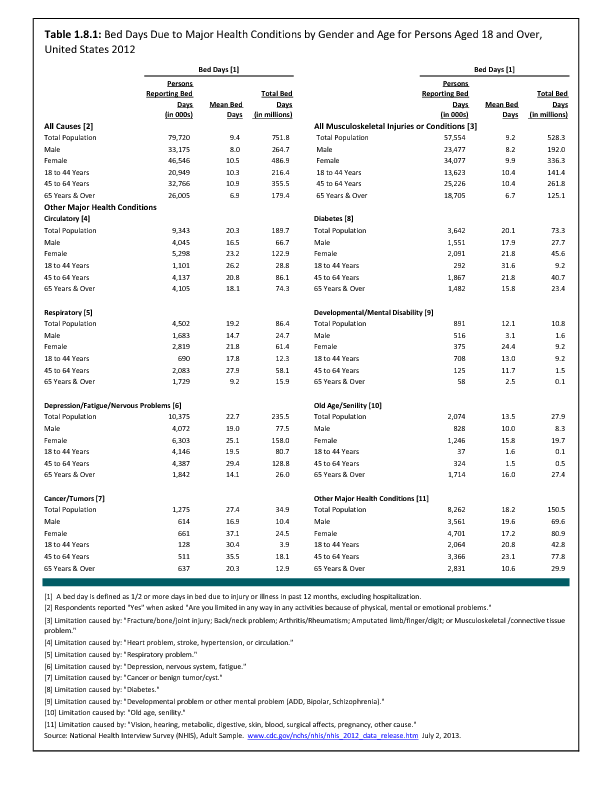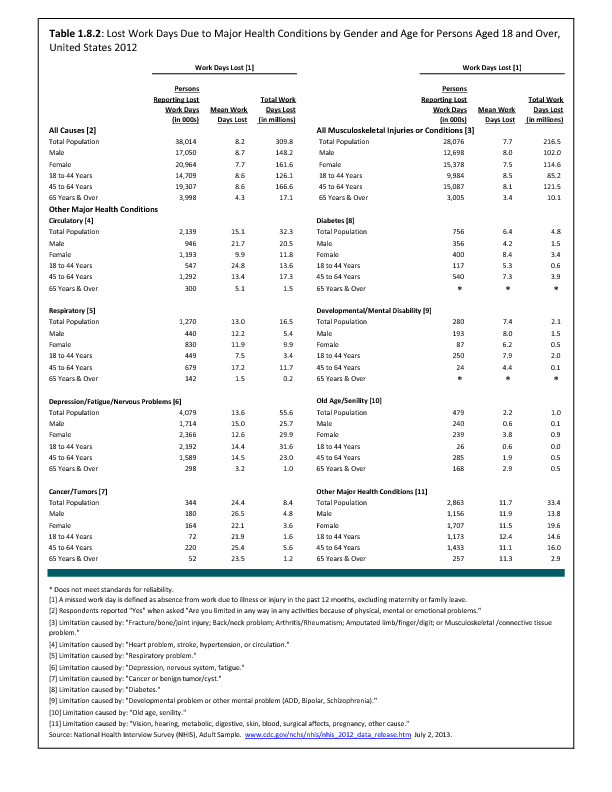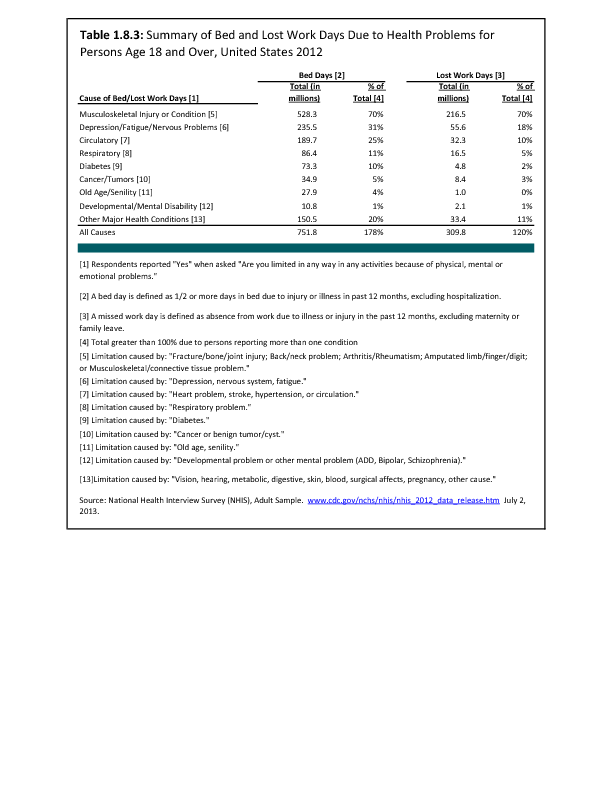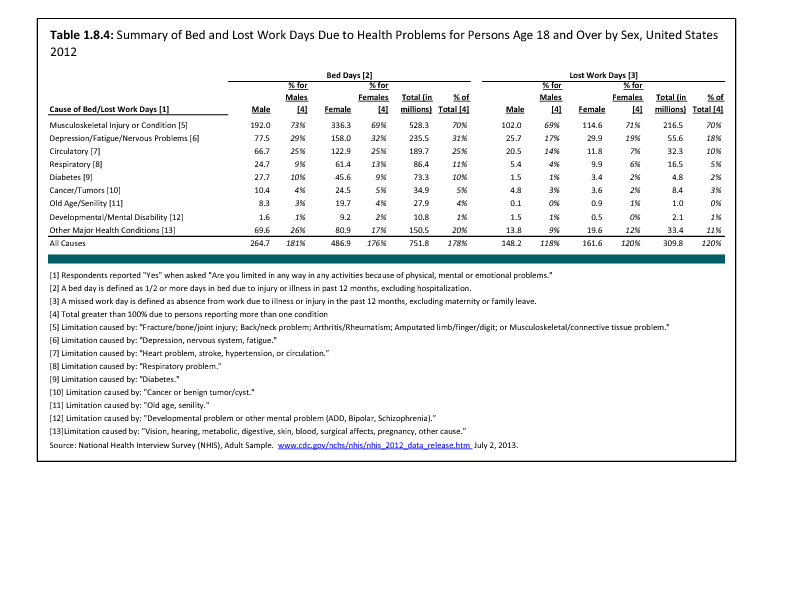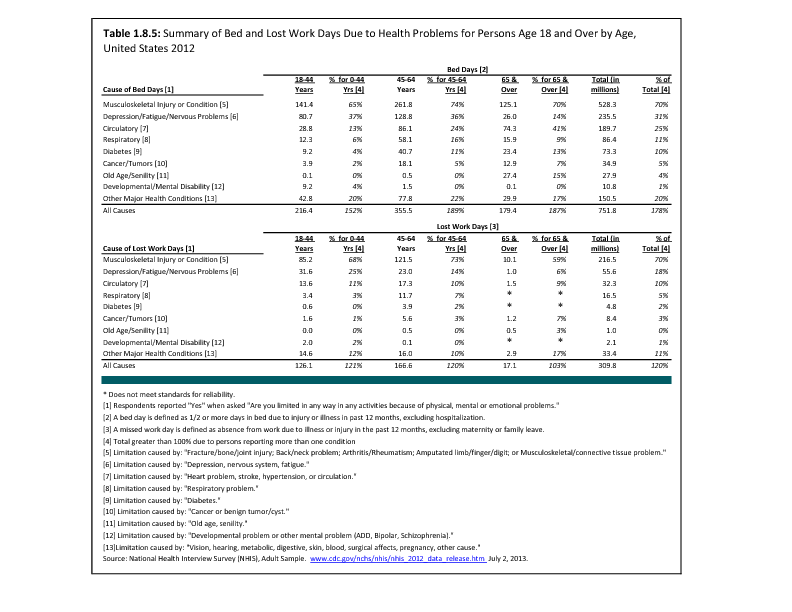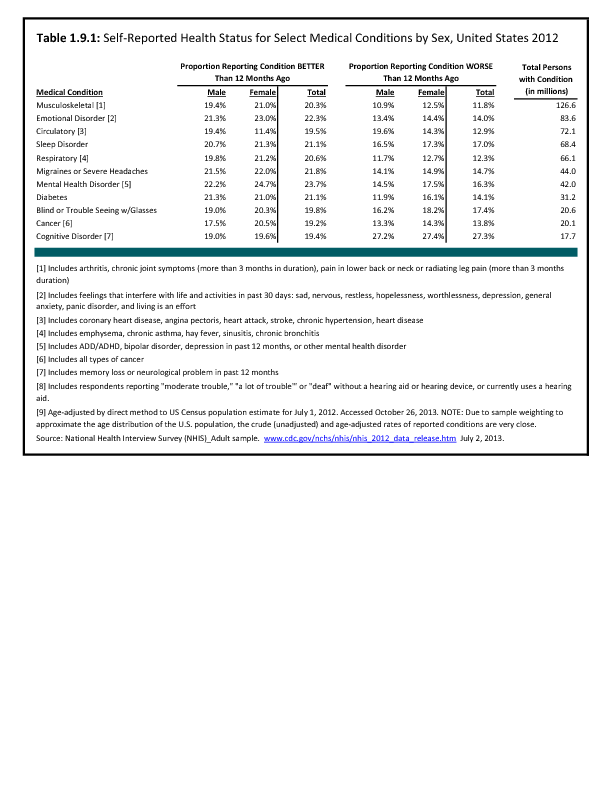In spite of the widespread prevalence of musculoskeletal conditions and three of the most costly healthcare conditions—trauma, back pain, and arthritis—being musculoskeletal, musculoskeletal conditions are not among the top ten health conditions receiving research funding,1 primarily due to the low mortality from musculoskeletal conditions in comparison with other health conditions. However, the morbidity cost of musculoskeletal conditions is tremendous because musculoskeletal conditions often restrict activities of daily living, cause lost work days, and are a source of lifelong pain.
In 1998, the Institute of Medicine wrote “In setting national priorities NIH should strengthen its analysis in the use of health data, such as burdens of disease, and of data on the impact of research and the health of the public.”2 National health data in several countries show that musculoskeletal conditions rank among the top health concerns for citizens in the United States and worldwide. By current US estimates, more than 50% of the disabling conditions reported by of persons age 18 years and older are related to musculoskeletal disorders, yet research funding to alleviate these major health conditions remains substantially below that of other major health conditions such as cancer and respiratory and circulatory (eg, heart) diseases. (Reference Table 1.5.1 PDF CSV)
The National Institute of Arthritis and Musculoskeletal and Skin Diseases (NIAMS) was formed in 1987. In subsequent years, research funding for these conditions has declined in relative terms, and since 2000, less than 2% of the annual National Institutes of Health (NIH) budget has been appropriated to musculoskeletal disease research. In fact, the annual average rate of funding continues to decline. Over the last five years (2009 to 2013), funding for musculoskeletal conditions from NIH totaled $7.8 billion, while that of cancers and heart/circulatory disorders totaled $43.5 billion and $25.9 billion, respectively. (Reference Table 1.1.1 PDF CSV, and Table 1.1.2 PDF CSV)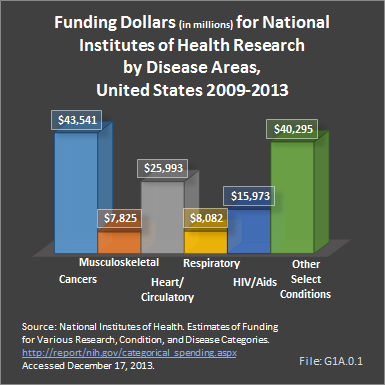
In spite of the major health care burden presented by musculoskeletal conditions, research funding falls well below that of most other conditions. Injury research commands half of the musculoskeletal condition research dollars ($4 billion) from NIH for the years 2009 to 2013. Funding for arthritis research is second, at $1.4 billion, followed by osteoporosis ($965 million). These numbers are well below the $8.6 to $55.2 billion in funding for the top 25 NIH research areas. (Reference Table 1.1.3 PDF CSV)
Since 1998, NIAMS has received 2.2% of research project grants, with funding at less than 2% of total grant dollars. Career development awards during this period have risen from 2.9% in 1998 to 4.5% in 2013. (Reference table 1.1.4 PDF CSV)
"Time and again, when the global burdens of disease are enumerated, musculoskeletal conditions rank high. Now we see that that rank is increasing. Although research funding reflects a long-term bias towards diseases with high mortality rates, the Global Burden of Disease project indicates that much of the growth in disease burdens has occurred for conditions that cause high disability rates. Redressing the funding disparity should become a high priority," (Edward H. Yelin, PhD, MCP, co-chair, BMUS3)
Although musculoskeletal conditions are common, disabling, and costly, they remain under-recognized, under-appreciated, and under-resourced. This book provides a strong case for the immediate and ongoing need to understand and support musculoskeletal conditions and reduce the burden it brings to our people.
- 1. Michaud CM, Murray CJL, Bloom BR: Burden of disease: Implications for future research. JAMA 2001;285:535-539.
- 2. Committee on the NIH Research Priority-Setting Process; Institute of Medicine: Scientific Opportunities and Public Needs: Improving Setting and Public Input. Washington, DC, National Academies Press, 1998.
Edition:
- 2014

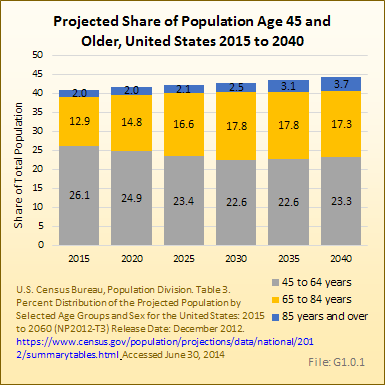
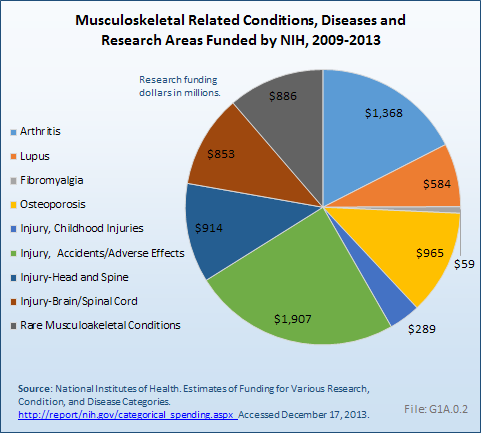
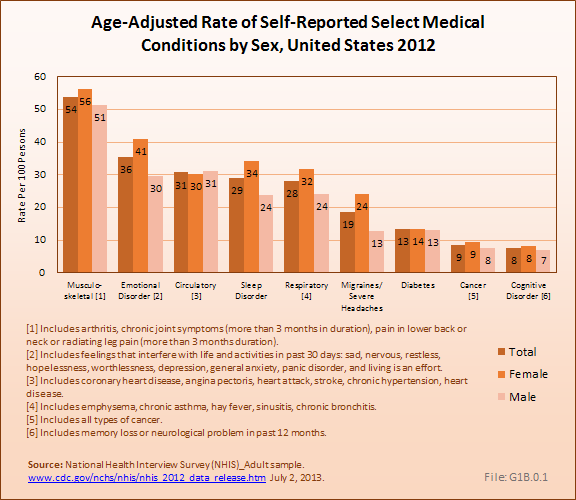
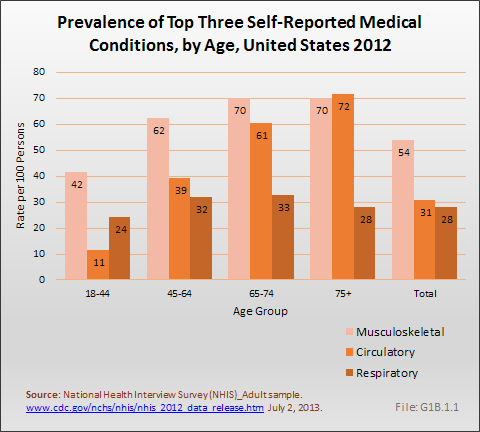
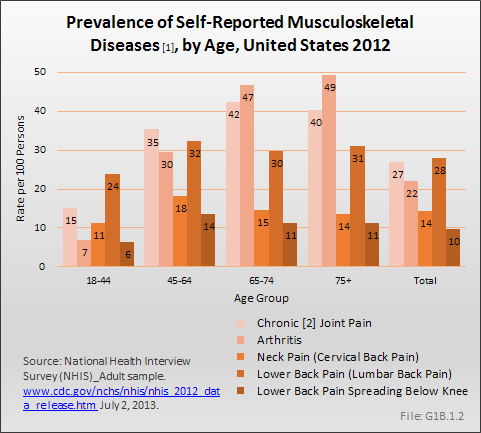

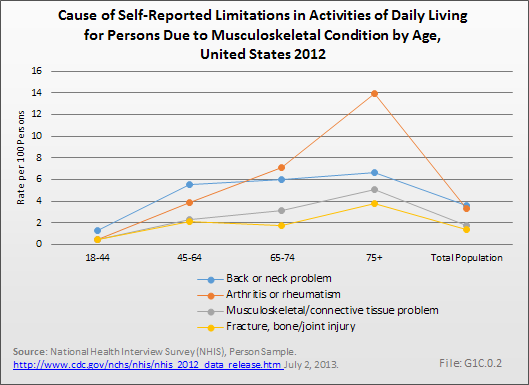
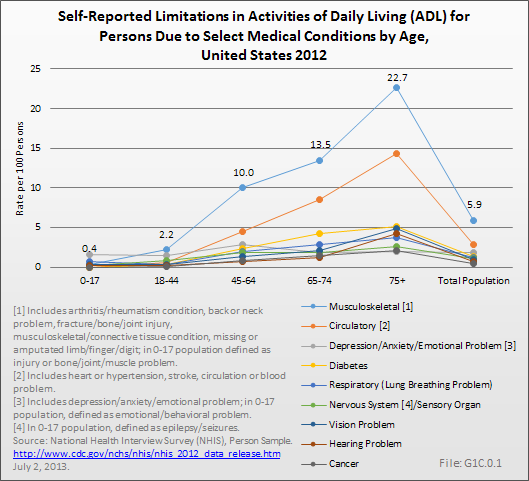
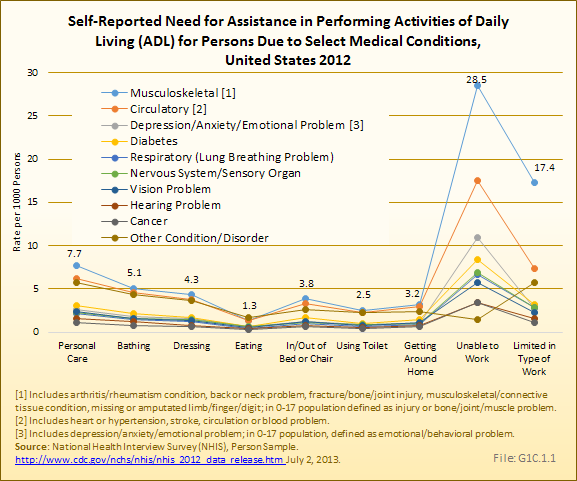
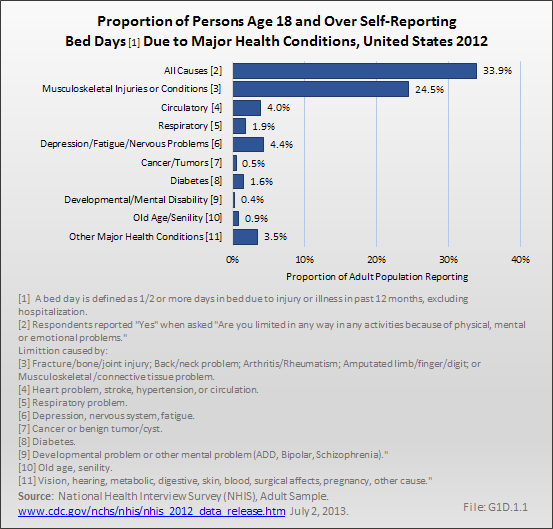
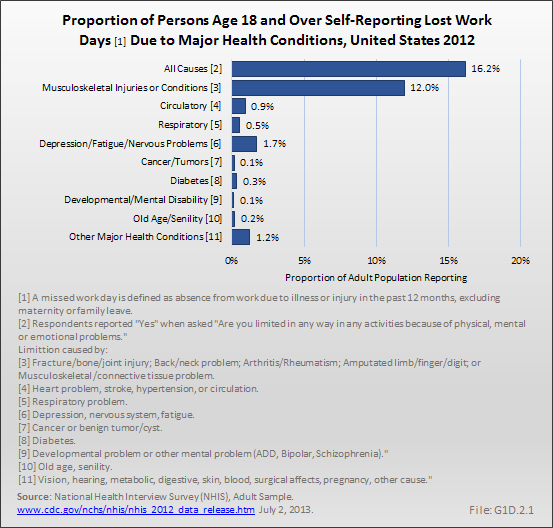
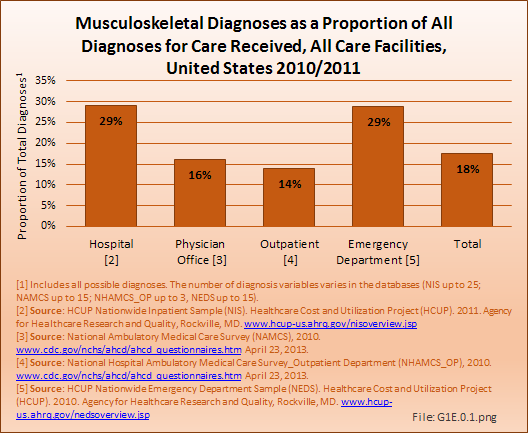
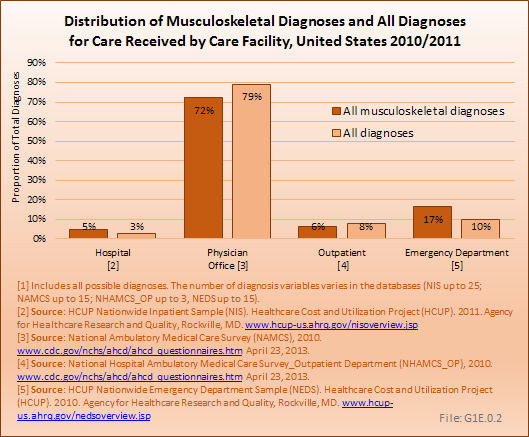
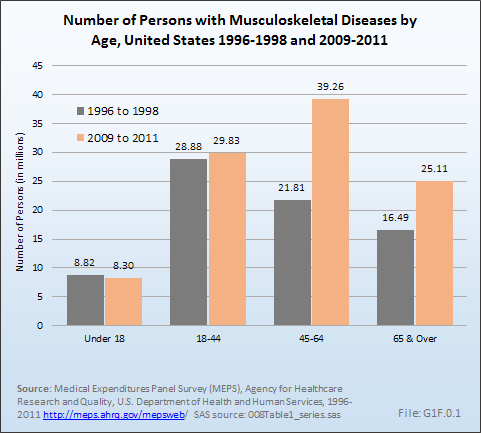
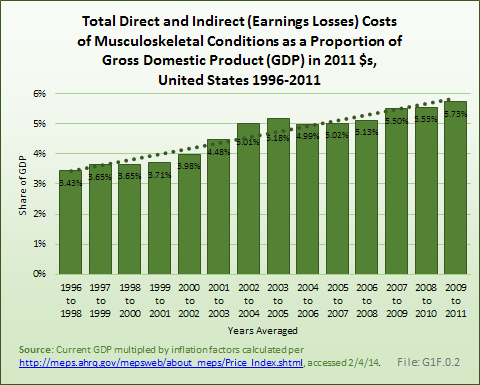
 Download as CSV
Download as CSV